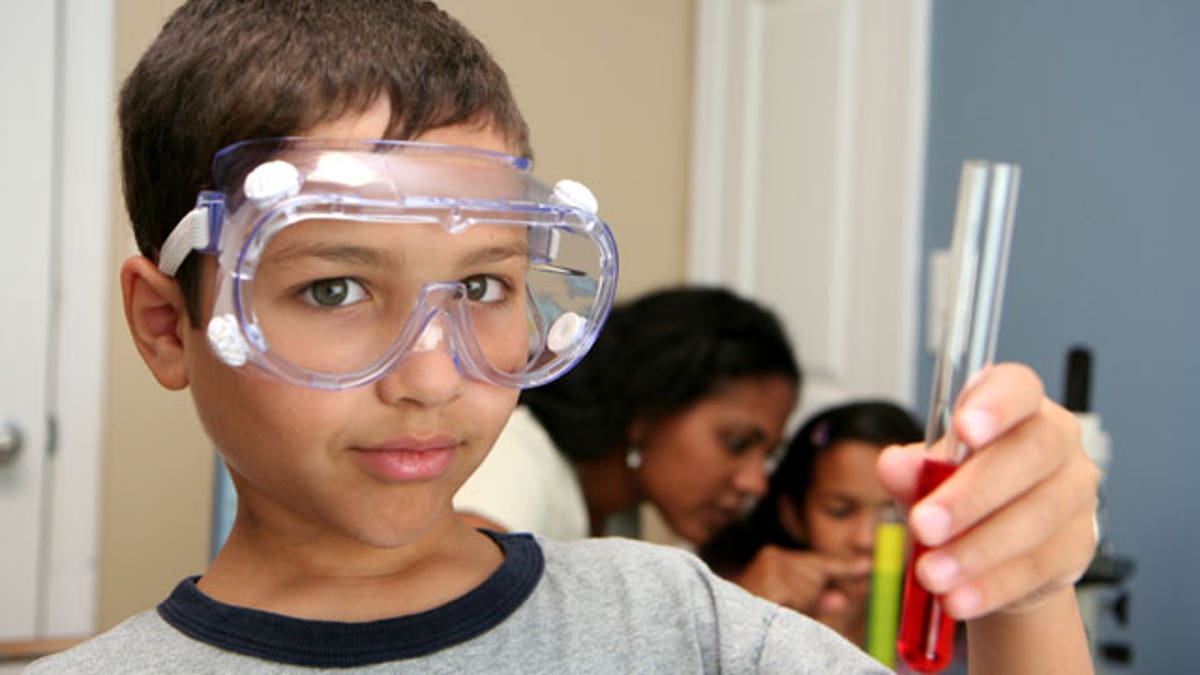
Students in schools in the largest U.S. cities, many from low-income households, trail their peers elsewhere in the country in a test of science proficiency, according to a report released on Thursday.
Fourth- and eighth-graders in most of the 17 participating urban districts typically scored lower than the national average, the 2009 National Assessment of Educational Progress Science report showed.
"The results are shouting at us: Whatever we are doing in science education in these big city public schools, it isn't working for the vast majority of our students," said Alan Friedman, a member of the National Assessment Governing Board.
The analysis, also known as the Nation's Report Card, Trial Urban District Assessment, tested between 900 and 2,200 students in each grade in school districts from San Diego to New York, including students in Atlanta and Boston public schools and the Los Angeles Unified School District.
Demographics of the participating urban districts vary from both the national average and between districts.
Some districts report that English is not the first language of up to 40 percent of their students. Anywhere from 47 percent to 100 percent of students in the urban areas are from lower-income families, according to the report.
The results also pose problems for civic engagement and decision making in the future, he said.
"Even for students who don't enter careers requiring some science competence, as citizens they will soon be involved in issues like climate change, energy policy and medical research," said Friedman, a former director for the New York Hall of Science.
Questions measured students' understanding of physical science, life science and earth and space sciences.
The report card showed that 44 percent of fourth-graders at schools in cities with a population of at least 250,000 fall below the standard for basic proficiency in science, compared to 29 percent nationally.
At the eighth grade level 56 percent of big city public school students fell below the basic standard compared to 38 percent nationally.
The results highlighted the need for heightened focus on a national science curriculum strategy that has an impact at the local level, said panelists at the study's release in Boston.
The figures in the report cannot be easily compared with the past because students were assessed in a new way to bring the results in line with international standards.
